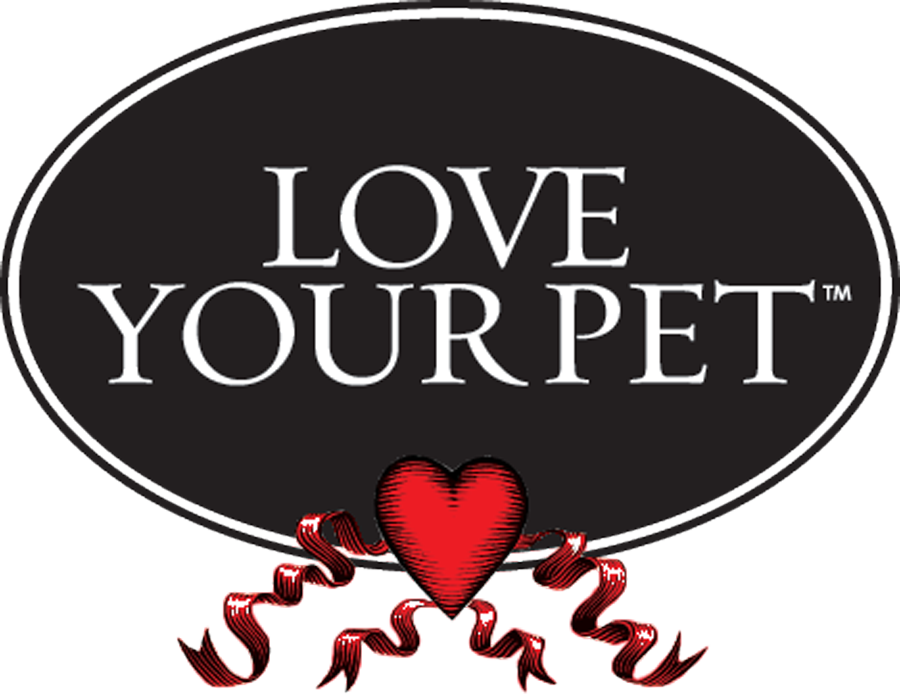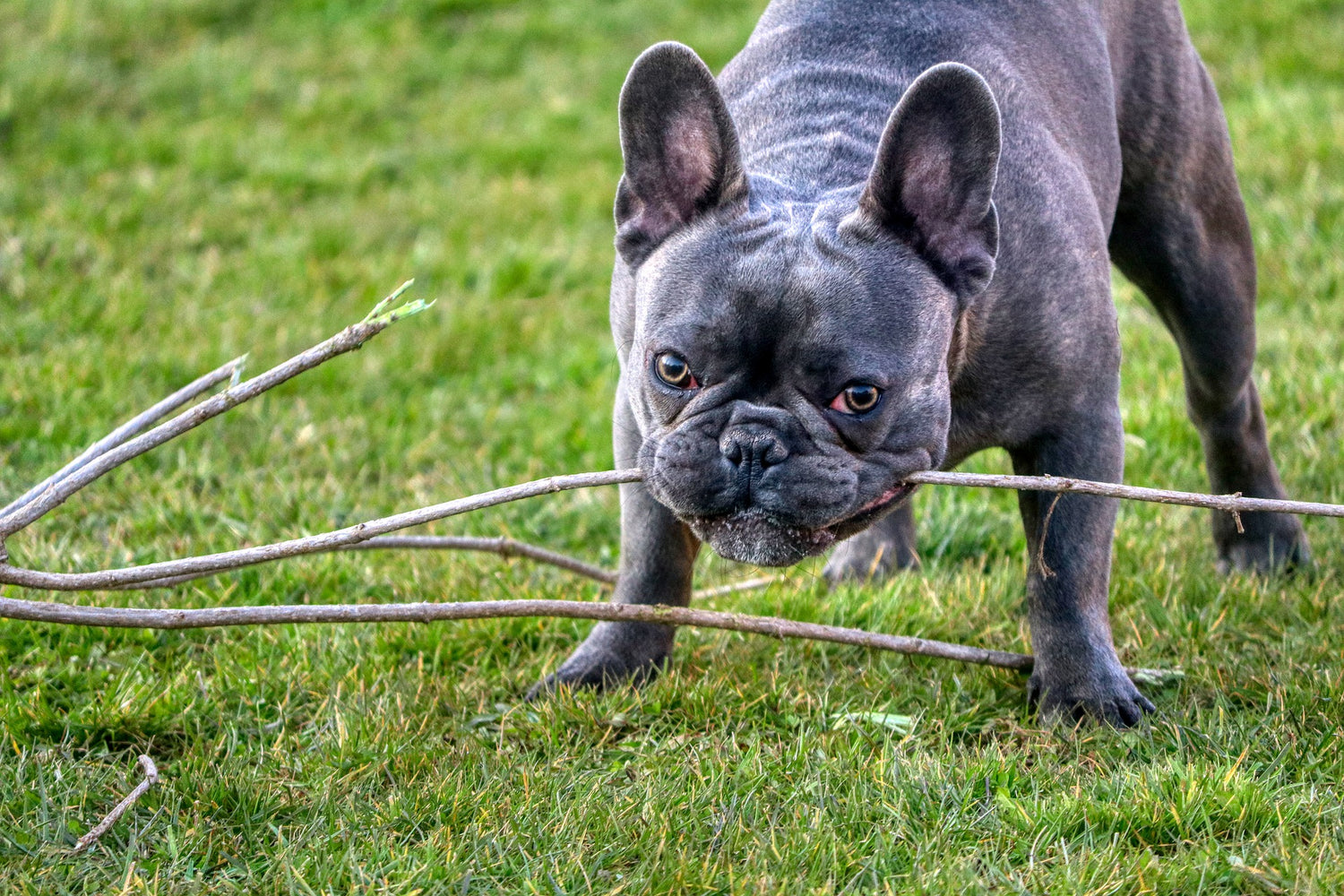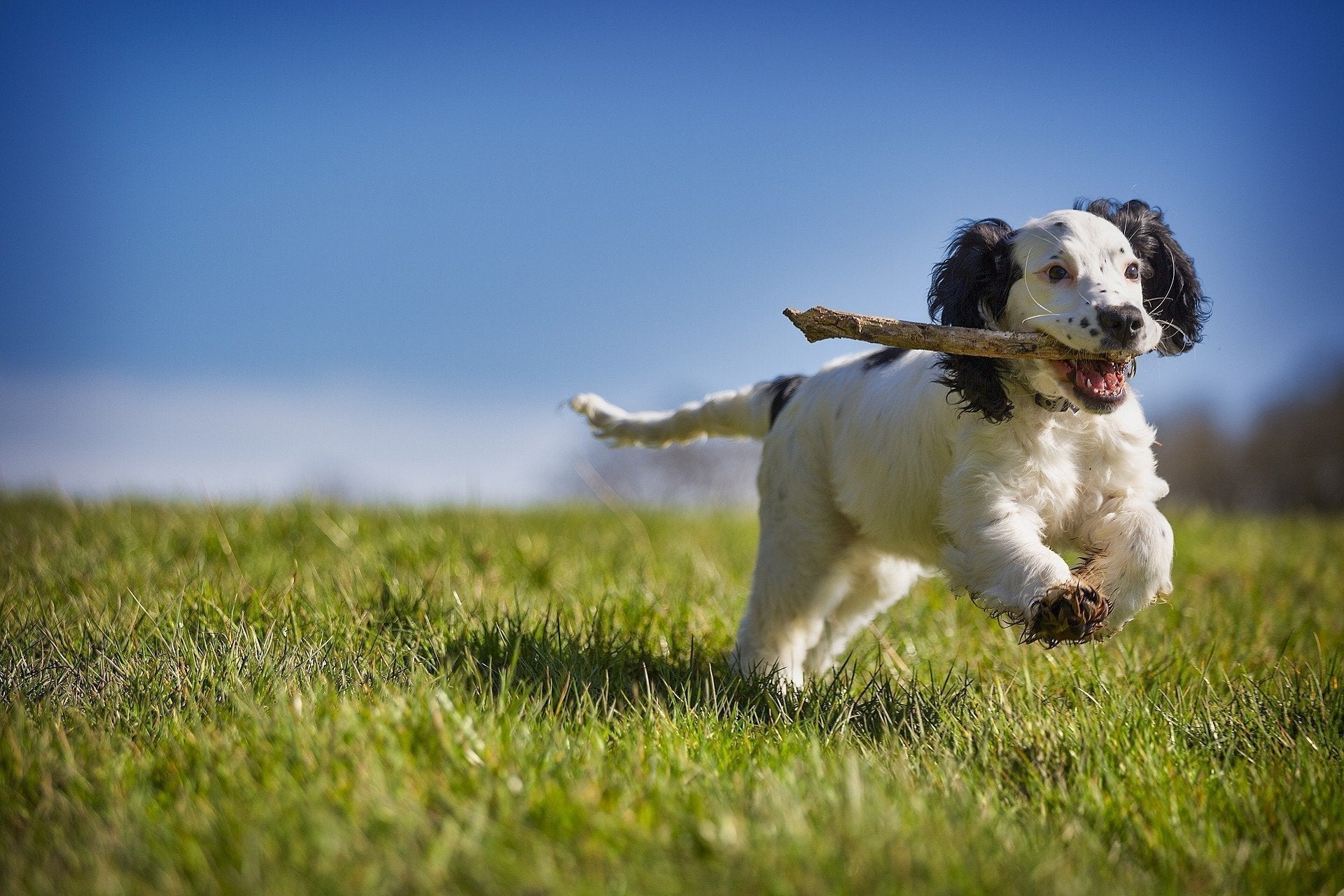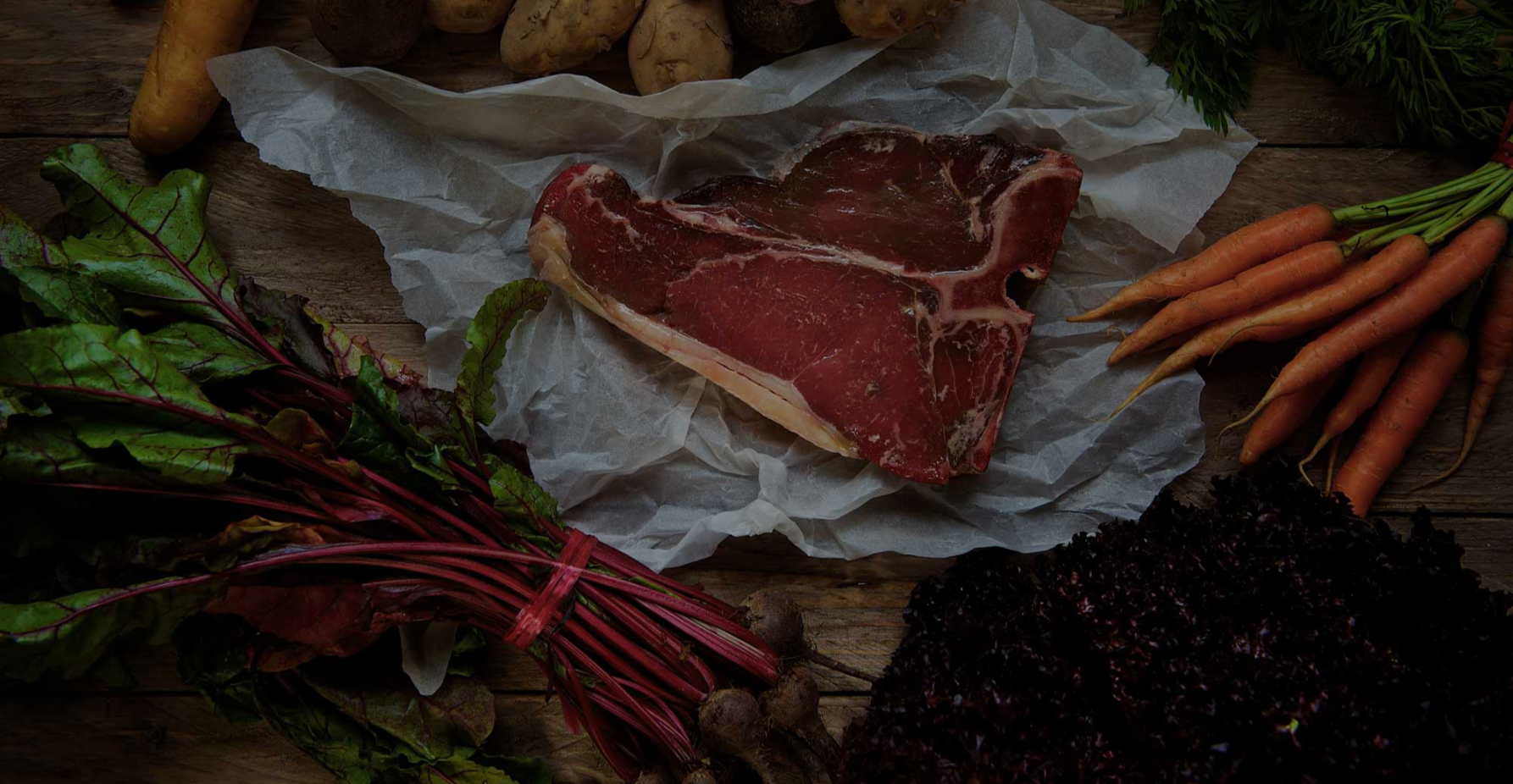Have questions about switching your dog or cat to a raw food diet? Check out our frequently asked questions below, or shoot us an email.

How much food will my pet eat daily/monthly?
Our general guideline is that an adult dog or cat should consume 2-4% of their body weight of our raw food per day. However, smaller pets eat a higher percentage of their body weight, while larger pets eat a lower percentage. It also depends on how active your pet is. If your pet is less active, 2-3% of their body weight per day is fine. If your pet is more active, 3-4% of their body weight per day is recommended. The L-Y-P equation for how much your pet should eat per day or month is simple to calculate. Use this reference chart to get an idea of how much to purchase:


Is Love Your Pet packaging green?
We use LLDPE (Linear low density polyethylene) which is FDA and USDA approved and certified for food packaging. In your recycling bin it would go in the 5/7 section. This plastic is reused as fuel, trash can liners, engineered lumber and landscaping ties.

How long can I store love your pet raw food?
Our food is shipped to your door flash-frozen and vacuum-sealed. It will remain fresh in your freezer 8-12 months. Once defrosted, it must be refrigerated in a sealed container, where it will remain nutritious for up to four days.

Which raw meat would best address my pet’s specific needs?
At Love Your Pet, we believe that any and all of our products will contribute greatly to your pet’s health, but we do understand that many pets have specific needs. Please feel free to contact us for a consultation.

Why should I feed my dogs bones?
Bones help provide calcium, phosphorus, and healthy fats from the marrow. These will assist in retaining your dog’s bone density and maintaining a healthy heart.

Can my pet get sick or obtain a parasite from eating raw meat?
Your pet’s immune and digestive systems are evolutionarily designed specifically for raw meat. If you follow the basic rules of meat safety, such as don’t feed them meat that has been in contact with unclean surfaces or leave the meat in the “danger zone” temperature (40°F to 140°F) for any longer than an hour, then there should not be a problem.

Will a raw meat diet make my pet more bloodthirsty?
No, you are feeding them what they are evolutionarily designed to eat and they will love you for it.

What’s wrong with feeding my pet a high-quality kibble instead of raw food?
This is a good question and one that has sparked much debate in the pet food industry. Humans started feeding pets kibble in the 1950’s for convenience sake. Kibble is typically heavily processed, gluten and grain filled and oftentimes has ingredients that are difficult to digest.
Recently there has been a dramatic rise in cancers, diabetes, and numerous dis-eases in both dogs and cats. Is this a coincidence? We encourage you to be your pets advocate and thoroughly research what you feed your animals.

How is Love Your Pet Food Shipped?
Our raw pet food is flash frozen and vacuum-sealed in individual one-pound packages. We ship using dry ice and gel packs to maintain the hard-frozen state. We ship from the Western US, so for central and eastern zones we also use Styrofoam coolers inside the box to ensure against thawing.
UPS ZONE SHIPPING:
Pacific Zone: Frozen Food ships UPS Ground (2-3 days)
Mountain Zone: Frozen Food ships UPS Ground (2-3 days)
Central Zone: Frozen Food ships UPS 3-day depending on location and will increase shipping charges.
Eastern Zone: Frozen Food ships UPS 3-day depending on location and will increase shipping charges
DELTA CARGO SHIPPING:
We also offer Delta Airlines Cargo shipping. This may be a more economical method of shipping, especially for larger orders. Your food will be placed on a Delta flight and ready for pickup at your nearest airport. Please call for a quote: (435) 655-8227.
Love Your Pet Newfoundland FAQs
What breed are your dogs?
They are Newfoundlands (Pronounced Noo-fund-LAND). Can you guess which country they hail from?
How much do Newfoundlands typically weigh?
We've had the pleasure of having seven of these incredible animals as family members over the years. Their respective weights have been: Ajax (160), Argos, (165), Kodiak (145), Oliver (110), Ferguson (175) Atlas (209) and Apollo (180). As you can see, there’s a wide range, but a rough average is about 165.
Do you need a big house for your dogs?
It doesn’t matter what size your home is because Newfoundlands only utilize the six square feet directly on top of or adjacent to you.
Do they drool?
Only a lot. We're working on a method of turning drool into electricity. If we can figure it out, we can light up Las Vegas every night.
Is it a bear?
No, but they do resemble the color variations of bears with brown, black, black and white (known as a Landseer), and, once in a blue moon, a grey Newfoundland pops up.

Can I take a picture with your dogs?
Absolutely! Newfoundlands completely lack the “hurry up” instinct, so unless I’m on fire, I’m not going anywhere fast.
"We should put a saddle on that thing."
I don’t dignify this statement with a response.
What do they like to do?
Their favorite activity is swimming. Newfoundlands were originally bred as water rescue dogs. Employing a modified "breast stroke," they are very efficient long-distance swimmers. There are hundreds of water rescue stories involving them.
Do they shed?
Ours don't shed much due to their diet, but they do require daily brushing. Grooming is one of the needed expenses must consider if you want to have one in your family.
Do they like the snow?
They love the snow almost as much as the water. Even as old dogs, they will spend hours tearing up, down, and through the drifts.



